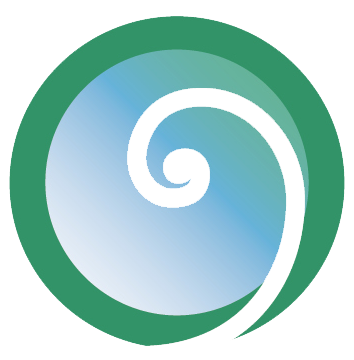If you study and practice the Alexander Technique, it will change your life for the better.
This is a statement I can make with complete confidence and zero doubt. I can say this to absolutely everyone, no matter their condition or circumstances. With very few exceptions, there is no one who can't benefit from the principles and the process created by F. M. Alexander and developed over the past century by those who have followed his path.
That’s quite a claim. Read on.
























